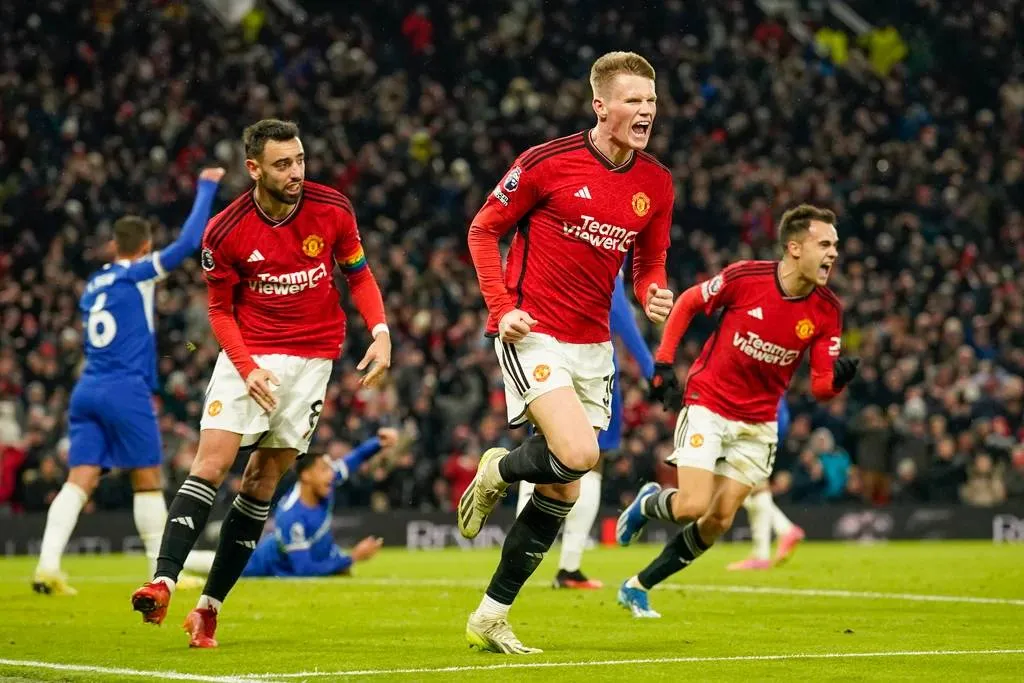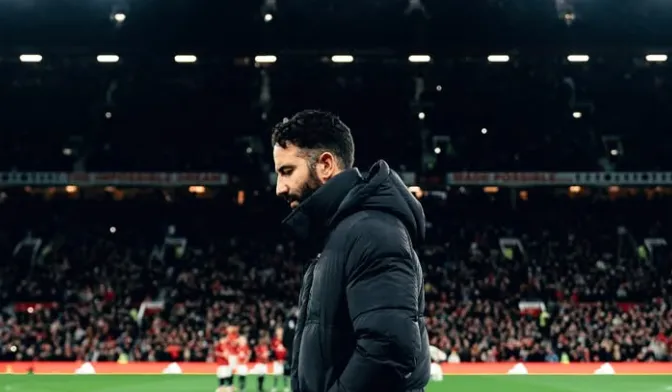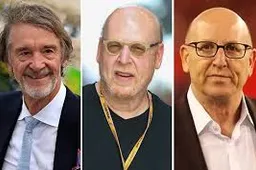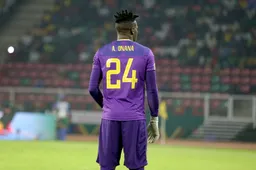Controversial deals and Fergie's role in the takeover of the Glazers at Man Utd
NewsSunday, 23 March 2025 at 17:51
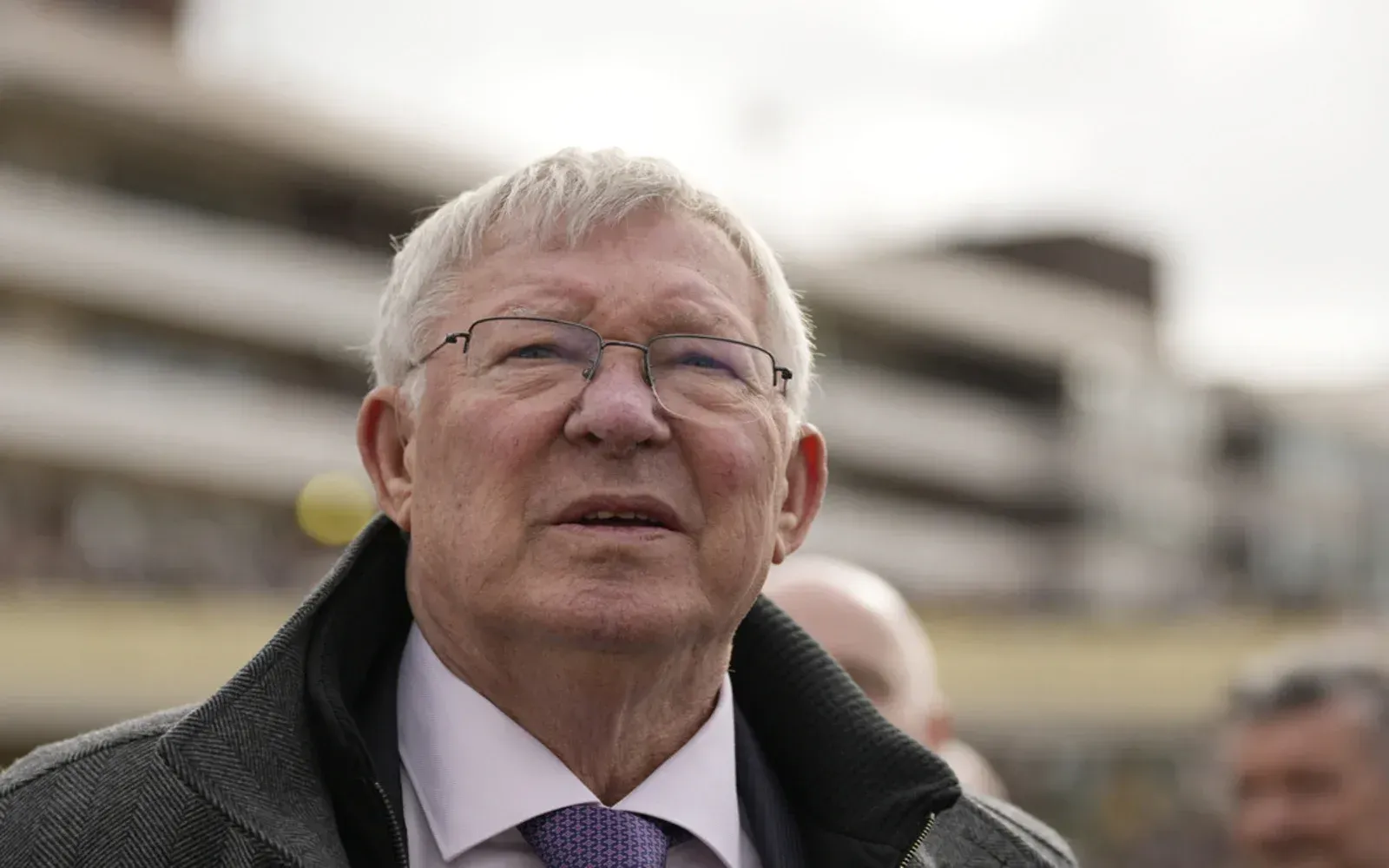
Sir Alex Ferguson’s influence loomed large over Manchester United, but even his authority couldn’t shield the club from the turbulence of the early 2000s.
The board, keen to preserve financial stability, preferred channeling funds into tangible assets like stadium upgrades over succumbing to shareholder demands for dividends. Among the options explored was acquiring a nationwide chain of five-a-side football pitches.
Across the Atlantic, Major League Soccer pitched the idea of United snapping up a franchise, though in an era when only a handful of bold American investors showed interest, the proposal gained little traction.
Yet missteps marred the period. The 2003 transfer window, unfolding against the backdrop of Roman Abramovich’s Chelsea takeover, was initially branded a fiasco. Time would soften that judgment, thanks to the late arrival of a teenage Cristiano Ronaldo, whose brilliance eventually eclipsed the criticism.
However, the other signings—American goalkeeper Tim Howard, Brazilian midfielder Kleberson, and French winger David Bellion—drew intense scrutiny, particularly from major shareholders.
Read also
Questions swirled: Why had £700,000 of Howard’s transfer fee, paid to an Italian agent, been funneled to third parties? Why was Elite Sports, an agency co-owned by Ferguson’s son Jason, entangled—directly or through proxies—in deals for Howard, Kleberson, and Bellion, as well as the earlier sale of Jaap Stam to Lazio in 2001?
Typically, United’s clout could quash such controversies, but pressure from heavyweight investors John Magnier and JP McManus, who held a 28.89 percent stake, shifted the power dynamic.
Their clash with Ferguson over the stud rights of the legendary racehorse Rock of Gibraltar—a saga ripe for the silver screen—ignited the fire. Settled in March 2004 with a £2.5 million tax-free payout to Ferguson from Magnier, the dispute had simmered since the horse’s 2002 retirement, peaking in 2003 when Ferguson enlisted a Dublin barrister.
The fallout was chaotic: fans stormed Hereford racecourse to back Ferguson when the Irish duo’s horses ran, even threatening Cheltenham, while Magnier and McManus unleashed corporate investigators Kroll to dissect United’s transfer dealings.
Read also
Kroll’s probe birthed “the 99 questions,” a bombshell letter to the board that dominated headlines after Charles Sale’s January 2004 Daily Mail scoop. Ferguson dismissed any impropriety, insisting in late January, “Agents? I don’t deal with them—don’t talk to them, choose them, hire them, or pay them,” a stance he claimed held since United went public in 1991.
His son echoed the denial. With a May 2004 BBC documentary looming, exposing Ferguson, Jason, and Elite, United acted swiftly. An internal review, commissioned privately by David Gill and penned by Mark Rawlinson, set new transfer rules—including barring Elite from representing more United players beyond the 13 already signed. The club exonerated itself, Ferguson, Jason, and Elite, but the public humiliation stung.
That scandal soon paled beside a graver threat. By late 2004, the board’s unease surfaced in the chairman’s financial report tagline: “Running a football club as a business.” A predator was circling. Throughout the year’s second half, directors scrambled to decipher the Glazer family’s intentions.
As Chris Blackhurst detailed in The World’s Biggest Cash Machine, United had initially wooed the Floridians in 2003-04 as a counterweight to the Irish. But once Ferguson patched things up with Magnier and McManus, Gill and chairman Roy Gardner pivoted, eyeing their former allies with suspicion.
By November 2004, as the annual general meeting loomed, Gill and finance chief Nick Humby jetted to Florida in September to meet Malcolm Glazer—later deceased in 2014—and his brood. They returned rattled. Soon after, the Glazers’ blueprint emerged: a leveraged buyout, piling debt onto United to be repaid with its own revenue.
Fan groups, already incensed, erupted. The Glazers’ advisors—JP Morgan bankers, Allen & Overy lawyers, and Brunswick PR—faced prank pizza deliveries and rogue skips at their offices. Veteran director Maurice Watkins, after offloading £2.5 million in shares to the Glazers, found his Jaguar and Audi slathered in red paint.
“The board spent 2004 in the dark about the Glazers’ endgame,” Rawlinson recalled. “They played it cagey—any hint of a full takeover would’ve locked them into legal obligations. It was chaos for their British advisors.” The Glazers’ late-2004 plan blended one-third equity, one-third bank loans secured on United, and one-third high-risk PIK loans from hedge funds, with interest ballooning to 16.25 percent.
“The board was floored,” Rawlinson said. “United had no debt history—this interest was a nightmare.” Leeds United’s collapse—relegated in 2004 after borrowing against unearned TV cash—haunted them. “Leverage and football were oil and water back then,” he added.
The Glazers craved board approval to dodge a hostile takeover label, but knew Irish willingness to sell could bypass it. The board rejected their debt-heavy bid as reckless, delighting fans. Yet fiduciary duty gnawed: the £3-per-share offer for the 262 million shares they didn’t own was, privately, deemed fair.
At the November 2004 AGM, the Glazers stayed away, sending Allen & Overy’s Andrew Ballheimer and a hefty aide to torpedo every board motion, even the routine re-election of directors Andy Anson, Watkins, and Philip Yea. “They feared a public vote with fans in the room,” Rawlinson said.
“We promised a private poll and a discreet exit.” The Irish abstained, and the trio’s names vanished from the next programme. Enter Jim O’Neill—Goldman Sachs economist, United devotee, and Magnier-McManus appointee—whose financial acumen bolstered the board against the Glazers. By year’s end, JP Morgan and Brunswick quit the Glazer camp. Victory seemed near, but the board braced for a comeback.
Fan protests at Hereford and threats to Cheltenham unnerved Magnier and McManus, despite their long-term investor claims. Some wondered if they’d outwait a Glazer share price crash. But the racing world intrusion may have tipped them to sell. In February 2005, the Glazers returned with Rothschild bankers, flashing Super Bowl rings in awkward pride.
Joel emerged as the diplomatic front, Avram the money mind, Bryan the dealmaker—while Edward, Kevin, and Darcie remained shadows. Ed Woodward, a 33-year-old JP Morgan rising star, pushed their case. O’Neill’s “Red Knight” quip birthed a later fan consortium dream, but in 2005, it was a distant hope.
By May 12, 2005, the Irish sold their 28.89 percent stake to the Glazers for £100 million profit, handing them 76.2 percent control. United delisted in June. Gardner’s July letter warned of a “downward spiral” from excessive debt—a prophecy unfolding by 2025.
Popular News
Loading
